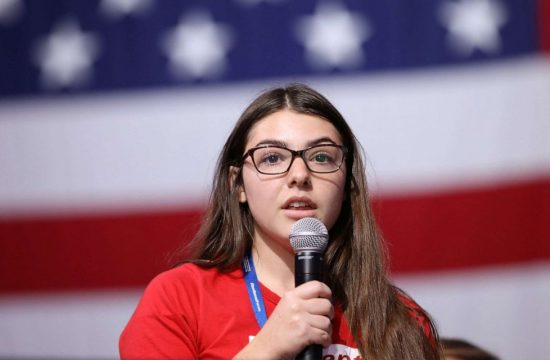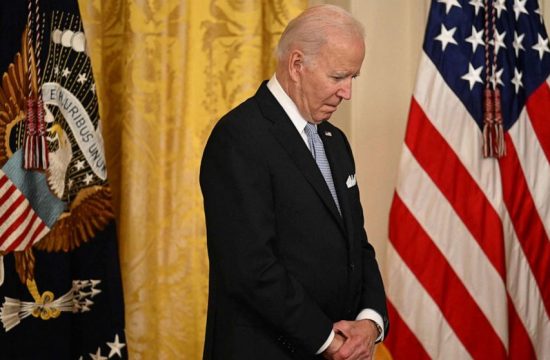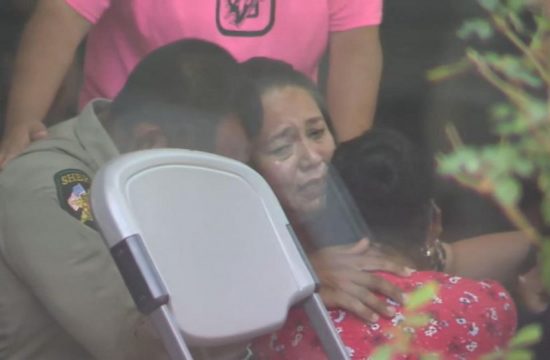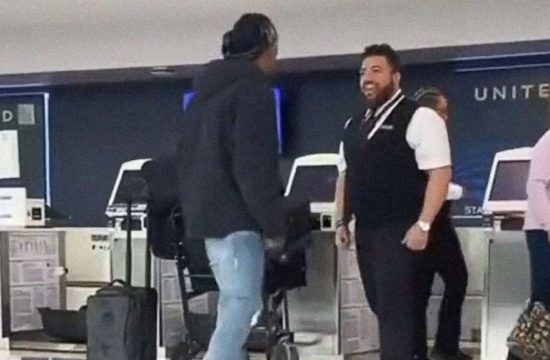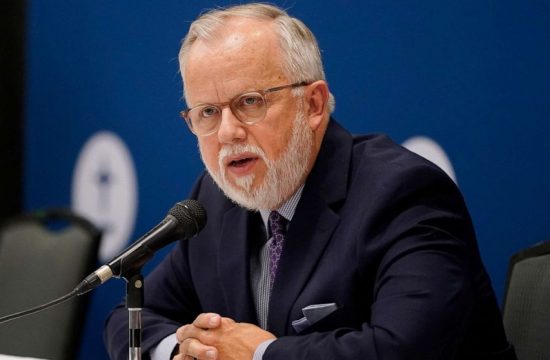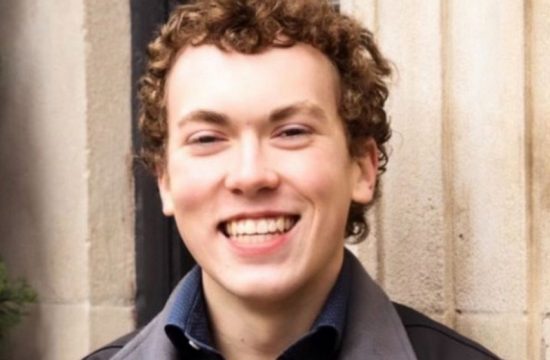Maria suffers from diabetes, asthma, hypertension and depression. She needs to eat healthy to keep her glucose level stable and enhance her immune system.
But she doesn’t want to venture out to the grocery store. She lives alone, her husband passed away several years ago. Her son lives thousands of miles away and talks to her on FaceTime, fearful to visit and endanger her.
As a patient at high risk in the COVID-19 contagion, Maria is afraid to contract the virus and give it to her family. And that’s if she could get to a large, affordable grocery store anyway, which is difficult because Maria doesn’t drive, is wary of public transportation and lives in what’s known as a “food desert.”
Sadly, my patient and millions like her in America are fighting not only the coronavirus but another, older epidemic that’s only been exacerbated by the new crisis: food insecurity.
The COVID-19 outbreak is further disrupting the healthy eating habits that build a healthy immune response, the same defenses needed to help fend off the virus in the first place. As charity and community groups step up, the federal and state governments must do more to protect vulnerable populations’ access to healthy food to save lives.
Food insecurity is a health risk linked to costly and preventable chronic diseases, including high blood pressure, coronary heart disease, hepatitis, stroke, cancer, arthritis, chronic obstructive pulmonary disease and kidney disease.
The novel coronavirus has shown to particularly prey on people with such common underlying medical conditions, according to the Centers for Disease Control and Prevention.
Current evidence also suggests minority individuals especially, including African-Americans and Latinos like Maria, are at a higher risk of dying from COVID-19, as they have historically been more likely to experience food insecurity, according to the U.S. Department of Agriculture (USDA).
Tune into ABC at 1 p.m. ET and ABC News Live at 4 p.m. ET every weekday for special coverage of the novel coronavirus with the full ABC News team, including the latest news, context and analysis.
Even if Maria is lucky enough not to contract the virus, its impact extends to her struggle to put food on the table. A 2019 USDA report estimated that 1 in 9 Americans were already food insecure before supply chain disruptions and grocery shortages appeared in the virus’ wake.
Recently, in a single day, 10,000 families in San Antonio visited a food bank there. Job losses and wage reductions are pushing millions of Americans, who otherwise never experience food insecurity, to turn to such community resources in their desperation. And, due to a sudden increase in the demand, many food banks across America are quickly running out of resources.
Some older people, also like Maria, have no reliable transportation and are unable to come to the food banks despite their need.
The USDA estimates that 11.5 million poor Americans — or 4.1% of all Americans — live more than 1 mile from a supermarket, in what are commonly called “food deserts.” An estimated 2.3 million households, or 2.2% overall, live in a food desert and lack access to a vehicle.
A big-box supermarket with the lowest prices could take hours to visit by public transportation. A neighborhood grocery store’s higher prices would be a sacrifice hard to accept when the average monthly food stamp allowance is $127 per month. The closest options in a food desert—a corner store, gas station or pharmacy—offer plenty of processed and frozen foods, but often little or no fresh produce or meat.
In 2016, the federal government launched a pilot program to allow individuals to use Supplemental Nutrition Assistance Program (SNAP) to buy groceries online. Today, the program is running in Alabama, Iowa, Nebraska, New York, Oregon and Washington, with plans underway in five more states.
But the USDA should expand this program nationwide and keep millions of people out of crowded grocery stores.
As many as 30 million children may go without meals during the lockdown, according to a Congressional Research Service report. Many communities across the U.S., especially in low-income neighborhoods, depend on the school systems for breakfast and lunch.
Many of these families may depend on the SNAP program for their growing needs. SNAP has been shown to help older adults stay on their medication by reducing the out-of-pocket expense for food. Medication adherence leads to better health outcomes. Millions of American low-income families avoid taking regular medication for their chronic illness due to its cost.
The need to pay more for food during this lockdown will exacerbate the problem, and could put seniors at a higher risk of contracting COVID-19 and dying from it.
As cases continue to surge and new hot spots emerge every week, we must take proactive measures to ensure that low-income, vulnerable individuals have access to healthy food options.
What to know about coronavirus:
Then, as soon as we win the battle against COVID-19, we must stop and rethink our aid strategy to ensure every American has equal access to health care and food.
Maria is lucky because we were able to engage her in an initiative focused on neighbors helping neighbors, where volunteers bring food to people in need. Without the right food, Maria wouldn’t be able to take insulin for her diabetes and maintain her immune system so she can fight off illness, keep people safe, and not use precious hospital resources.
So many people at risk are not so lucky in our country.
Jay Bhatt is a practicing internist, an Aspen Health Innovator Fellow and an ABC News contributor. Soumitra Bhuyan, Ph.D., contributed to this report. Bhuyan is an assistant professor in Bloustein School at Rutgers University.


